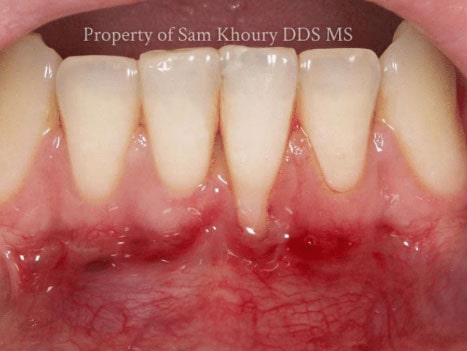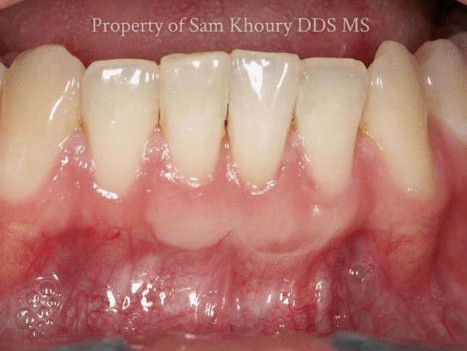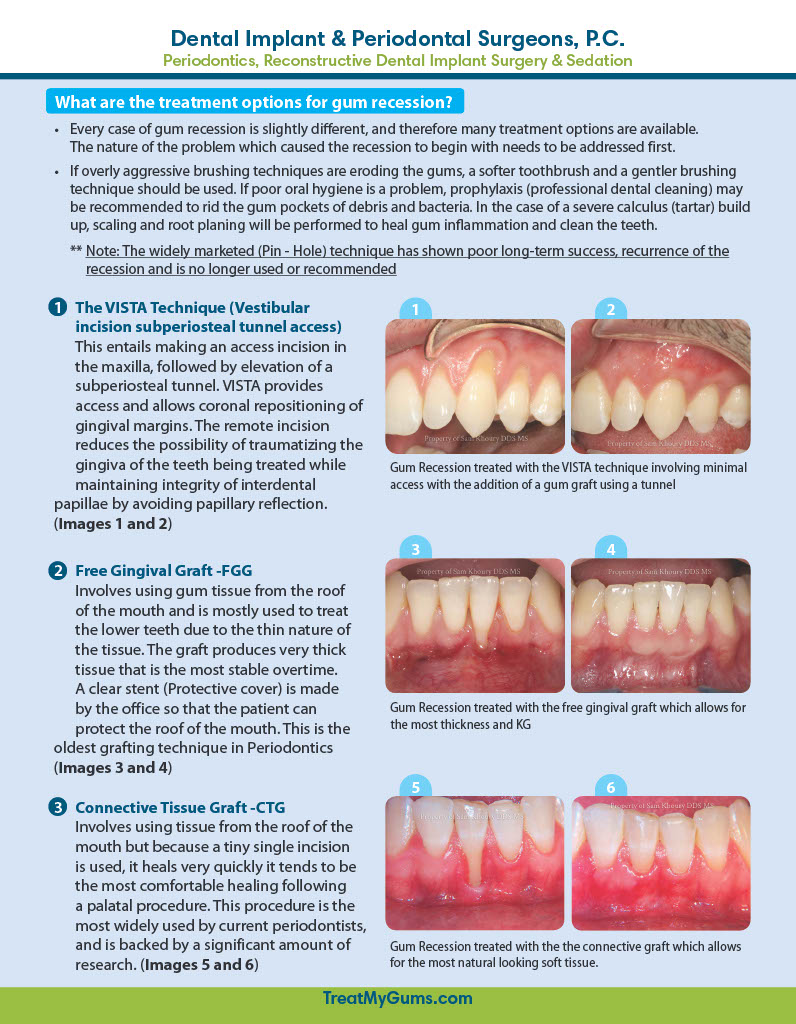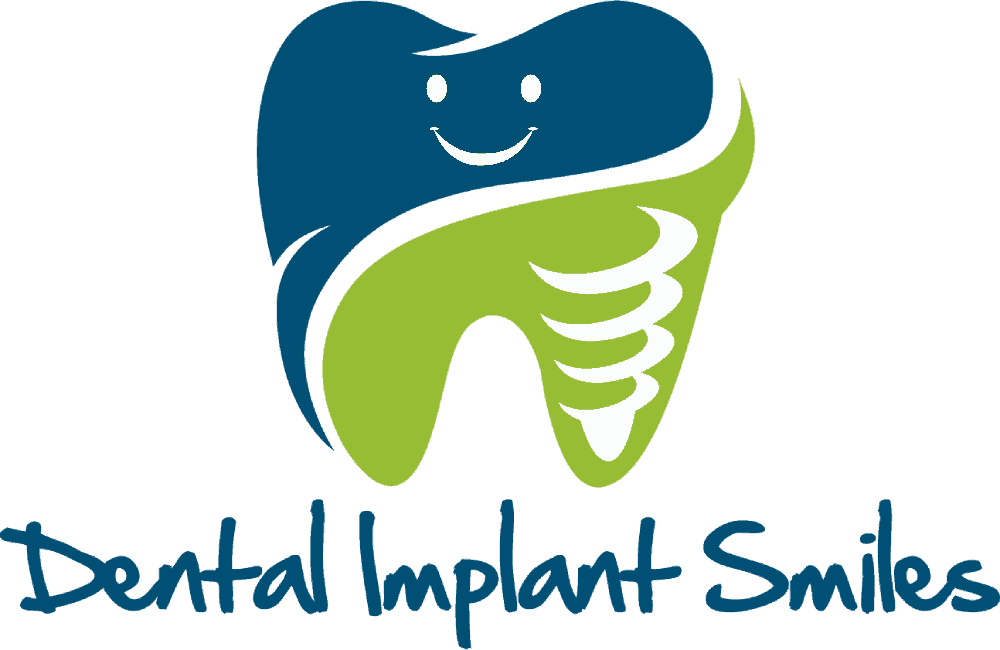Gum Grafting for Receding Gums

Gum Grafting Before

Gum Grafting After
Gum Grafting for Receding Gums
A gum graft (also known as a gingival graft) is a name for surgical periodontal procedure that aim to cover an exposed tooth root surface with grafted tissue.
Exposed tooth roots are usually the result of gingival recession due to periodontal disease. There are other common causes, including overly aggressive brushing and trauma.
Here are some of the most common types of gum grafting:
- Free gingival graft –This procedure is often used to thicken gum tissue. A layer of tissue is removed from the palate and relocated to the area affected by gum recession. Both sites will quickly heal without permanent damage.
- Subepithelial connective tissue graft –This procedure is commonly used to cover exposed roots. Tissue is removed fairly painlessly from the side of the palate and relocated to the site of gum recession.
- Acellular dermal matrix allograft (Alloderm) –This procedure uses medically processed, donated human tissue as a tissue source for the graft. The advantage of this is procedure is that there is no need for a donor site from the patient’s palate (and thus, less pain).
- Modified Pin Hole graft: This technique is modification and upgrade on the Old procedure referred to as Pin Hole Grafting. The modified and improved surgical technique which is currently being prepared for publication by Dr. Khoury, involves creating a space “tunnel” between the teeth and the existing gum tissue using a tinyopening “hole”but instead of using materials that dissolve faster and are not stable long-term “as shown in the original technique,” this modification involves adding Alloderm or a small piece of the patient’s own gum tissue to increase thickness, and provide stability. The modification was done due to the non stable long-term results from the old technique that has not shown stable long-term results in patients. The lack of stability of the gum tissue from the old technique and the desire of Dr. Khoury to not put patient’s through a second surgery, is what prompted the modification and the research to improve patient’s outcomes.
Gum grafting is a common periodontal procedure. Though the name might sound frightening, the procedure is commonly performed with excellent results.
Here are some of the major benefits associated with gum grafting:
- Reduced sensitivity –When the tooth root becomes exposed, eating or drinking hot or cold foods can cause extreme sensitivity to the teeth. Gum grafting surgery permanently covers the exposed root, helps reduce discomfort, and restores the good health of the gums
- Improved appearance –Periodontal disease is characterized by gum recession and inflammation. Gum recession and root exposure can make the teeth look longer than normal and the smile to appear “toothy
- Improved gum health –Periodontal disease can progress and destroy gum tissue very rapidly. If left untreated, a large amount of gum tissue can be lost in a short period of time. Gum grafting can help halt tissue and bone loss; preventing further problems and protecting exposed roots from further decay.
Once the need for gum grafting surgery has been determined, there are several treatments the dentist will want perform before gum grafting takes place. First, the teeth must be thoroughly cleaned supra and subgingivally to remove calculus (tartar) and bacteria. The dentist can also provide literature, advice and educational tools to increase the effectiveness of homecare and help reduce the susceptibility of periodontal disease in the future.
The gum grafting procedure is usually performed under local anesthetic. The exact procedure will depend much on whether tissue is coming from the patient’s palate or a tissue bank.
Initially, small incisions or a a small opening “hole” will be made at the recipient site to create a small pocket to accommodate the graft. Then an incision is made and the graft is inserted into the space between the two sections of tissue. The graft is usually slightly larger than the recession area, so some excess will be apparent.
Sutures may be placed to further stabilize the graft and to prevent any shifting from the designated site. Surgical material is used to protect the surgical area during the first week of healing. Uniformity and healing of the gums will be achieved in approximately six weeks.








